
While a sex toy cleaner can reduce bacteria on porous materials like hard plastic, thermoplastic elastomer (TPR), or jelly rubber, it cannot fully sterilize them. STIs live in the microscopic pores and can be transmitted even after an apparently clean toy has been used.
Luckily, you can safely zap harmful bacteria with some simple methods. Just make sure to skip the bleach and vinegar, which can release unhealthy fumes.
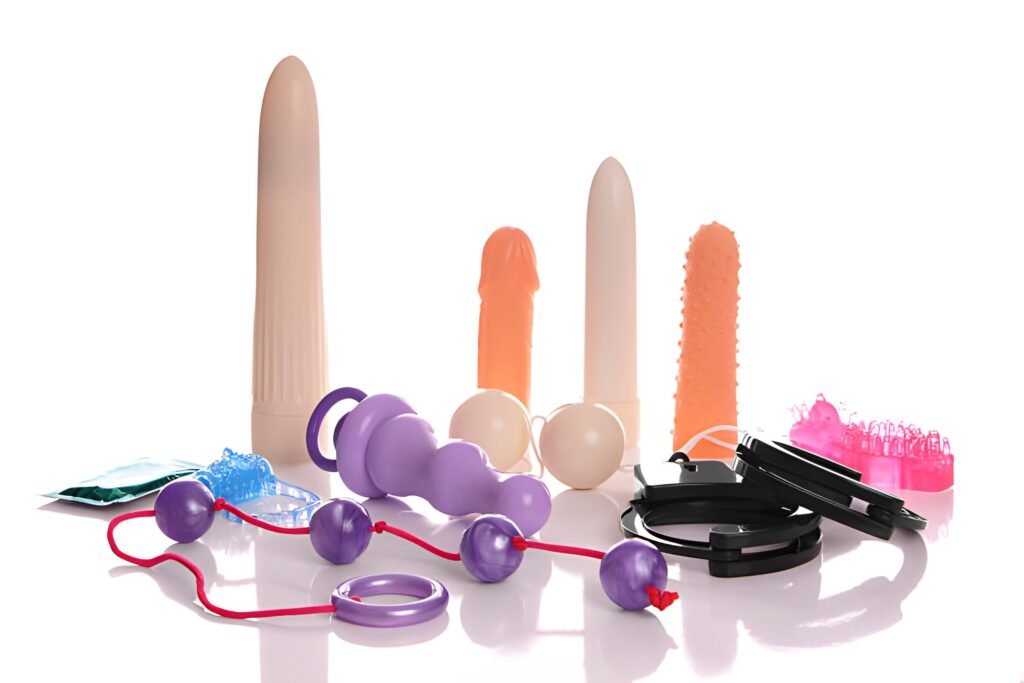
Boiling
For a quick and easy way to fully sterilize your sex toy, simply boil it. This can be done for silicone toys (such as dildos or butt plugs) in the top rack of your dishwasher, in a pot of boiling water, or with a sex toy cleaner such as Lovehoney’s Fresh Toy Cleaner spray. If your toy is motorized or has batteries, remove them before boiling.
For porous sex toys, it’s not always possible to sterilize them. Using a sex toy cleaner can reduce bacteria on the surface, but the toy may have microscopic pores that remain contaminated with germs. In this case, it’s best to use a condom with your toy when playing, and to properly wash and disinfect the item between uses.
Toys made of non-porous materials, on the other hand, can be easily sanitized with boiling or a 1:10 bleach solution and soaking for 10 minutes. This is especially helpful if you’re sharing your sex toy with others, as it can eliminate any germs that could be passed between people during play.

Another good way to sanitize your sex toy is to use body-safe sex toy wipes, which are a convenient and portable way to quickly clean off your toy between use. These can be found online, at sex toy stores, and in some drugstores.
Of course, it’s best to follow the manufacturer’s care instructions for your specific toy to ensure it stays healthy and hygienic. This is particularly true if you’re planning to share your sex toy with others, or have little ones running around the house who might want to touch your toy. Always clean your toy before putting it in storage, and make sure that the toy can breathe so it doesn’t trap any odors. This helps extend the lifespan of your toy, and keeps it safe from bacterial, mold, or fungal growth. Keep in mind that sex toys with compartments for lubricant are particularly susceptible to this kind of build-up, as these can become breeding grounds for fungus and other unwanted organisms. It’s also important to clean these innovative toys after each use and before storing them, so that you can be confident they’re completely hygienic and ready for their next adventure.
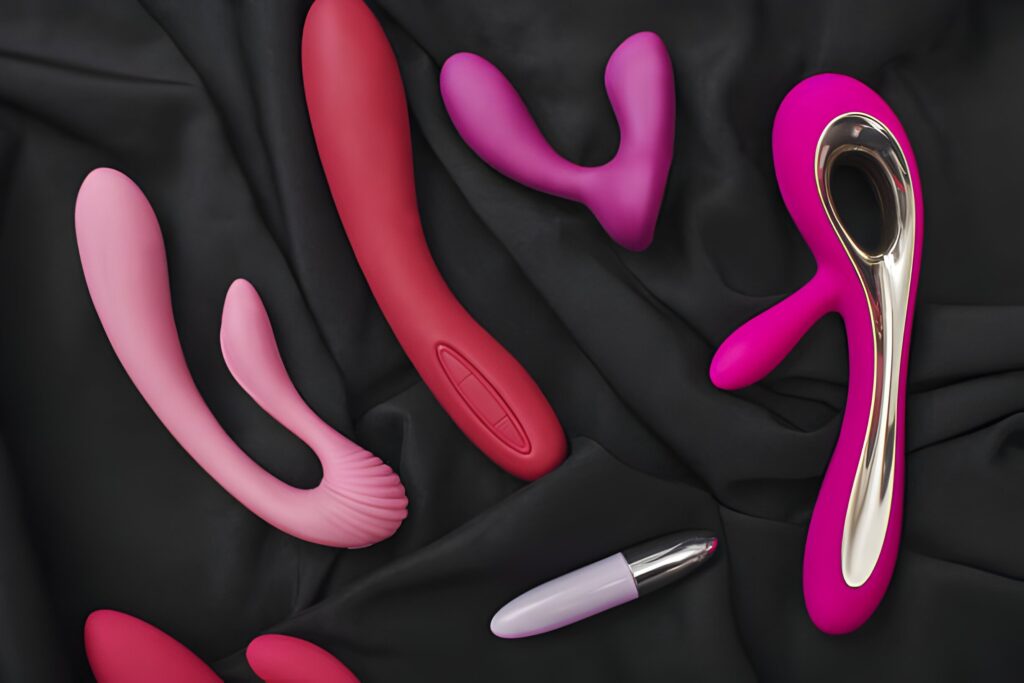
Disinfecting
For non-porous sex toys, regular cleaning with soap and water is all you need to keep things fresh and clean. However, if you are using your toy with others, or sharing it, then you should consider sanitizing it as well. The experts we spoke with agreed that regular sanitizing with a sex toy cleaner is a good idea, but only as a supplement to the basic washing method.
To sanitize your toy, use a 1:1 bleach to water solution and soak for 10 minutes. Then, rinse thoroughly and let it air dry. For added protection, add a bit of vinegar to the boiling water and you’re good to go.
Porous sex toys can harbor a lot of bacteria, which can cause infections and other unpleasant side effects when used with vaginal mucous membranes. Even if you regularly wash porous toys, it’s important to use a condom with partnered play to reduce your risk of STD transmission.
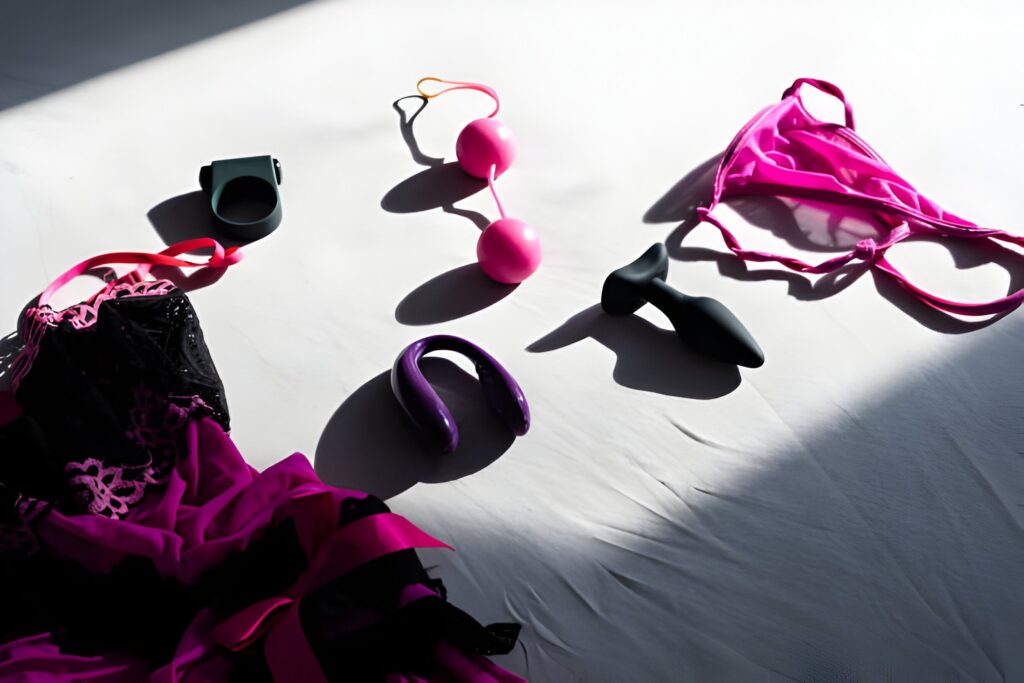
For the most effective sanitizing, make sure to scrub down your toy and disinfect all surfaces, including any internal nooks and crannies. Especially with innovative toys that can self-lubricate and mimic ejaculation, it’s critical to take care of all the little parts that could be breeding grounds for bacteria, mold, or fungus.
Most experts we talked to also emphasized that making sure your toy is completely dry before storing it is key. This prevents mildew and mold build-up, keeps the toy from smelling weird, and ensures that any pathogens are completely dead.
Having a clean, sanitized toy that’s ready for partnered play can be a great way to boost your confidence when enjoying intimate activities with a partner. And if you’re shopping for sex toys, try to focus on body-safe materials like silicone, glass, ABS plastic, stainless steel, and metal. Avoid novelty materials like jelly rubber, latex, vinyl, and leather (except for leather lubricants), as they can’t be fully sterilized.

Vinegar
If you’re not comfortable using bleach or the dishwasher, vinegar is a great alternative to fully sterilize your sex toy. Just like boiling, it zaps away germs without the risky chemicals. It’s also a good idea to regularly inspect your toys for any cracks or holes that could allow germs to infiltrate and spread.
Nonporous sex toys are easier to sanitize and sterilize than porous ones, but they still need to be cleaned frequently to reduce the risk of infection. It’s important to know what kind of material your sex toy is made of before you clean it, as some cleaners may react with certain materials, like silicone toys and condoms.
Toy cleaners specifically designed for sex toys are the best option for nonporous toys, as they are formulated to be safe for the material and effective at cleaning. Spray your sex toy with the cleaner and let it soak in for about ten minutes before rinsing thoroughly. You can also make a homemade sanitizer with 3% hydrogen peroxide and water, or rubbing alcohol. Just be sure to use a solution that’s safe for your toy’s material.

The same goes for UV light, which may degrade some polymers and create microcracks in your sex toy. It’s also important to know that UV light can only clean what it hits, so if your toy has crevices it may not be as hygienic as you think.
If your sex toy is made from porous material such as fabric, leather, hard plastic, elastomer or jelly rubber, it’s more likely to harbor harmful bacteria, even after being cleaned and disinfected. This is why it’s a good idea to use a condom with porous toys for partnered play and to consider using nonporous toys for solo play. When you do wash or sanitize your sex toy, double-check that it’s dry before storing it, as any moisture can cause mildew, mold or fungus. Also, make sure to store your toys somewhere where they will be out of the reach of children and pets. This way you don’t risk contaminating your home and potentially spreading infections.
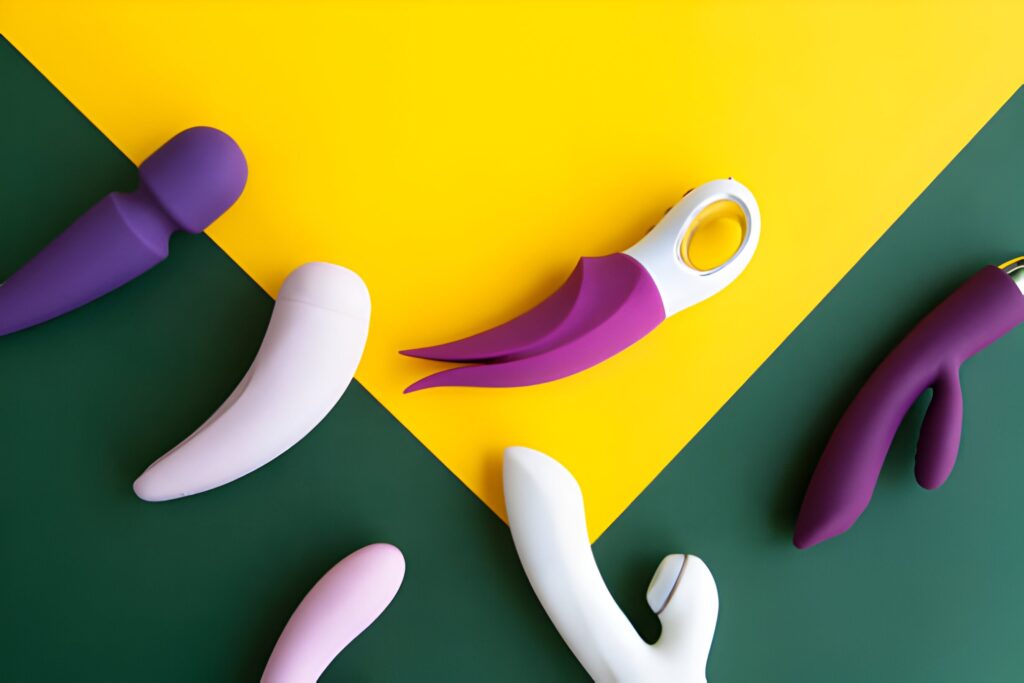
Storing
Most sex toys are made of porous materials that can hold bacteria, fungus and mildew if not properly cleaned. “Playing with an unclean sex toy that has been improperly stored can lead to infections, as well as a variety of other unpleasant conditions,” says Searah Deysach, sex educator and owner of feminist sex store Early to Bed.
Nonporous sex toys, such as silicone, can be easily sterilized with soap and water or a toy cleaner. Disinfecting is more difficult for porous sex toys, however. The microscopic pores of elastomer (TPR & TPE), jelly, rubber and latex toys can hold bacteria. While cleaning a toy of this type will remove most of the bacteria, it is impossible to disinfect it entirely, as some can still be found deep within the pores of the toy.
Using a toy cleaner on a sex toy is one way to get rid of the majority of bacteria, but you should also thoroughly rinse it with warm water before storing it. Boiling is another option, but it is best to wait until the toy has completely cooled before doing this. Boiling a toy that is hot can damage the material.

The most important thing is to make sure your sex toy is completely dry before putting it away for the day, night or longer. “A sex toy that is damp, especially if it has been used with lubricant or a condom, will be more likely to breed mildew and mold,” Finn says. “Storing a toy that is wet, even from regular cleaning, can also cause the toy to irritate the skin and promote fungal growth.”
When storing your sex toys, try to keep them in a closed case or in a special toy storage bag, such as those often included with sex toys. These bags prevent them from absorbing other chemicals that can leave behind an unpleasant smell or chemical residues, and they are more secure than simply stuffing your toys into a drawer, where they can become easily lost and exposed to bacteria.




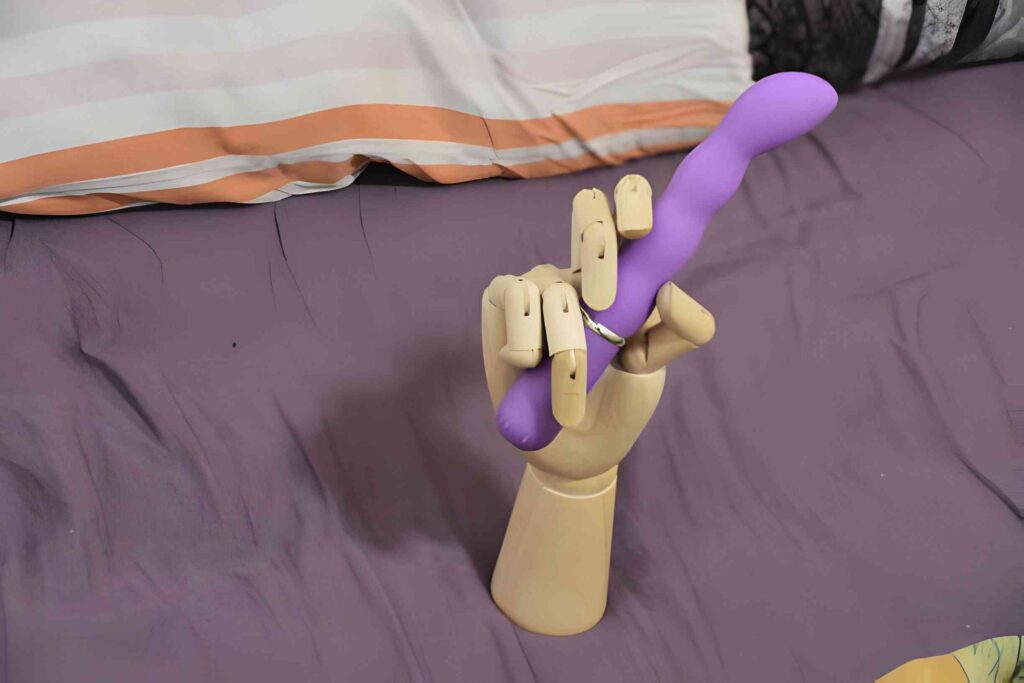
Tim Roth
Curabitur gravida scelerisque nunc quis semper. Vivamus eu metus quis quam volutpat viverra ac ut odio. Phasellus volutpat tristique consequat. Nunc vitae nisl et magna rhoncus sollicitudin. Vestibulum posuere augue et nisi ultricies, vel condimentum ante consectetur. Ut at tellus a nisi dictum lobortis auctor scelerisque dui.